The quartet of newly minted citizen astronauts comprising the Space Exploration Technologies Corp (SpaceX) Inspiration4 mission safely splashed down in the Atlantic off Florida’s coast on Saturday, completing a three-day flight of the first all-civilian crew ever sent into Earth orbit.
The successful launch and return of the mission marked another milestone in the fledgling industry of commercial astro-tourism, 60 years after the dawn of human spaceflight.
“Welcome to the second space age,” Todd “Leif” Ericson, mission director for the Inspiration4 venture, told reporters on a conference call after the crew returned.
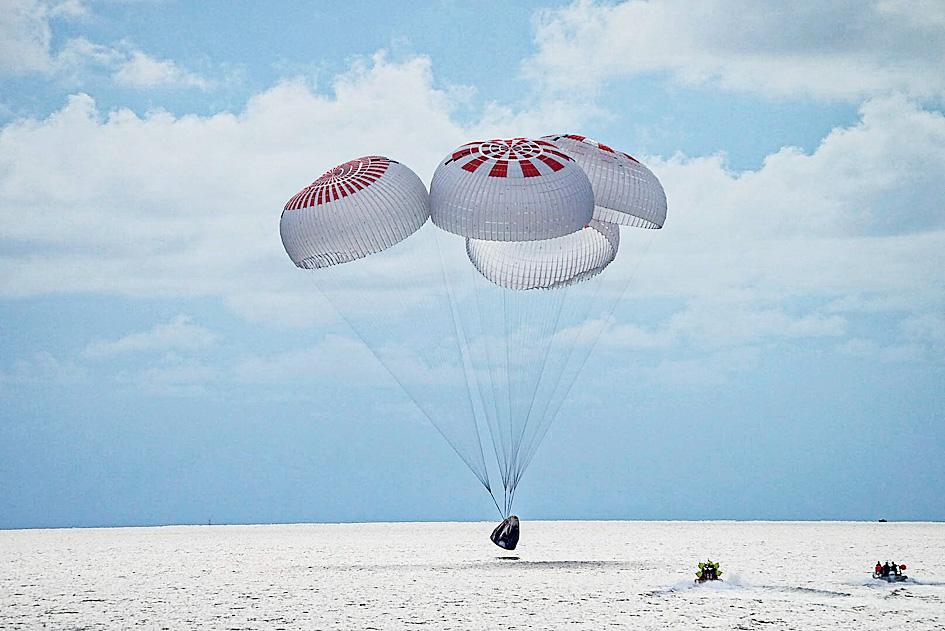
Photo: Space Exploration Technologies Corp via AP
SpaceX, the private rocketry company founded by Elon Musk, supplied the spacecraft, launched it, controlled its flight and handled the splashdown recovery operation.
The three-day mission ended as the SpaceX Crew Dragon capsule, dubbed Resilience, parachuted into calm seas at about 11pm GMT, shortly before sunset, following an automated re-entry descent, as shown during a live SpaceX Web cast on its YouTube channel.
Within an hour, the four smiling crew members were seen emerging one by one from the capsule’s side hatch, after the vehicle, visibly scorched on its exterior, was hoisted from the ocean to the deck of a SpaceX recovery vessel.
Each of the four stood on the deck for a few moments in front of the capsule to wave and give the thumbs-up before being escorted to a medical station on board for checkups at sea.
Afterward they were flown by helicopter back to Cape Canaveral for reunions with loved ones.
The return from orbit followed a plunge through Earth’s atmosphere generating frictional heat that sent temperatures surrounding the outside of the capsule soaring to 1,900°C. The astronauts’ flight suits, fitted to special ventilation systems, were designed to keep them cool if the cabin heated up.
Applause was heard from the SpaceX flight control center in suburban Los Angeles as the first parachutes were seen deploying, slowing the capsule’s descent to about 25kph before splashdown, with another round of cheers as the craft hit the water.
The astronauts were cheered again as they stepped onto the deck of the recovery ship.
First out was Hayely Arceneaux, 29, a physician assistant at St Jude Children’s Research Center in Tennessee, a childhood bone cancer survivor herself who became the youngest person ever to reach Earth orbit on the Inspiration4 mission.
She was followed in rapid succession by geoscientist and former NASA astronaut candidate Sian Proctor, 51, aerospace data engineer and air force veteran Chris Sembroski, 42, and the crew’s billionaire benefactor and “mission commander” Jared Isaacman, 38.
“That was a heck of a ride for us,” Isaacman, chief executive officer of the e-commerce firm Shift4 Payments Inc, radioed from inside the capsule moments after splashdown. “We’re just getting started.”
The Inspiration4 team blasted off on Wednesday from the Kennedy Space Center in Cape Canaveral.
Within three hours the crew capsule had reached a cruising orbital altitude of 585km, the farthest any human has flown from Earth since NASA’s Apollo moon program ended in 1972.
Benji Reed, senior director of human spaceflight programs at SpaceX, marveled at how little went wrong during the flight, citing just two problems he described as minor and easily resolved: a malfunctioning fan in the crew’s toilet system and a faulty temperature sensor on one of the spacecraft’s engines.
The level of “space adaption syndrome” experienced by the crew — vertigo and motion sickness while acclimating to a microgravity environment — was “pretty much on target with what NASA astronauts do,” Ericson said.
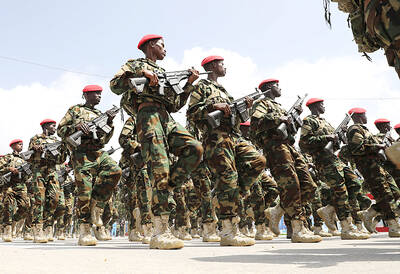
ELECTION DISTRACTION? When attention shifted away from the fight against the militants to politics, losses and setbacks in the battlefield increased, an analyst said Recent clashes in Somalia’s semi-autonomous Jubaland region are alarming experts, exposing cracks in the country’s federal system and creating an opening for militant group al-Shabaab to gain ground. Following years of conflict, Somalia is a loose federation of five semi-autonomous member states — Puntland, Jubaland, Galmudug, Hirshabelle and South West — that maintain often fractious relations with the central government in the capital, Mogadishu. However, ahead of elections next year, Somalia has sought to assert control over its member states, which security analysts said has created gaps for al-Shabaab infiltration. Last week, two Somalian soldiers were killed in clashes between pro-government forces and
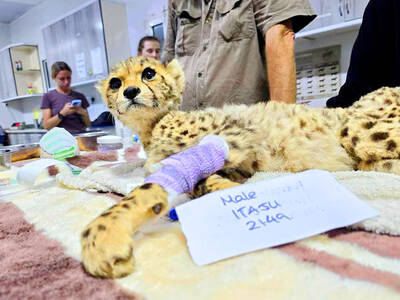
Ten cheetah cubs held in captivity since birth and destined for international wildlife trade markets have been rescued in Somaliland, a breakaway region of Somalia. They were all in stable condition despite all of them having been undernourished and limping due to being tied in captivity for months, said Laurie Marker, founder of the Cheetah Conservation Fund, which is caring for the cubs. One eight-month-old cub was unable to walk after been tied up for six months, while a five-month-old was “very malnourished [a bag of bones], with sores all over her body and full of botfly maggots which are under the
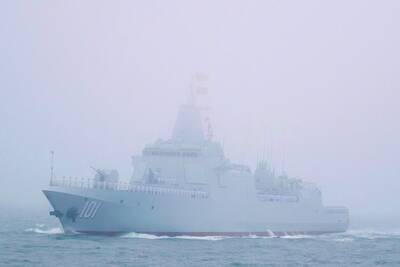
BRUSHED OFF: An ambassador to Australia previously said that Beijing does not see a reason to apologize for its naval exercises and military maneuvers in international areas China set off alarm bells in New Zealand when it dispatched powerful warships on unprecedented missions in the South Pacific without explanation, military documents showed. Beijing has spent years expanding its reach in the southern Pacific Ocean, courting island nations with new hospitals, freshly paved roads and generous offers of climate aid. However, these diplomatic efforts have increasingly been accompanied by more overt displays of military power. Three Chinese warships sailed the Tasman Sea between Australia and New Zealand in February, the first time such a task group had been sighted in those waters. “We have never seen vessels with this capability
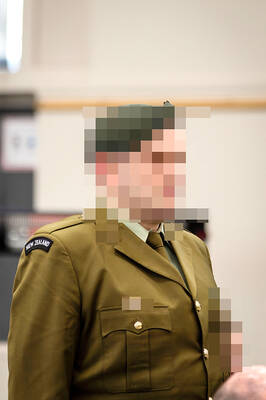
‘NO INTEGRITY’: The chief judge expressed concern over how the sentence would be perceived given that military detention is believed to be easier than civilian prison A military court yesterday sentenced a New Zealand soldier to two years’ detention for attempting to spy for a foreign power. The soldier, whose name has been suppressed, admitted to attempted espionage, accessing a computer system for a dishonest purpose and knowingly possessing an objectionable publication. He was ordered into military detention at Burnham Military Camp near Christchurch and would be dismissed from the New Zealand Defence Force at the end of his sentence. His admission and its acceptance by the court marked the first spying conviction in New Zealand’s history. The soldier would be paid at half his previous rate until his dismissal